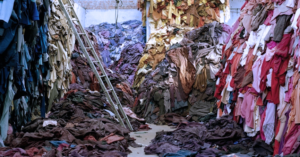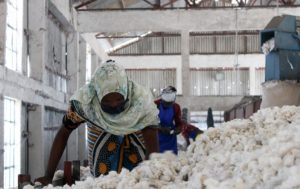By Hailey Kutcher

Fast fashion—inexpensive clothing produced rapidly by mass-markets in an attempt to keep up with current fashion trends—is an integral part of our modern world. These pieces are much more affordable, and websites and stores make the products very tempting compared to more traditional and expensive options. The fashion industry, like many other consumer-driven industries, is also built on the need to convince consumers to buy the latest and greatest each season. However, fast fashion is taking a devastating toll on our planet.
The fashion industry is the second-largest consumer of water in the world behind agriculture. Water is used frequently and in large amounts in the dyeing and finishing processes. It can take up to 200 tons of fresh water to dye just one ton of fabric.The fashion industry is also a large contributor to water pollution. In many countries, harmful chemicals from textiles, like mercury and arsenic, are dumped directly into rivers and affect not only aquatic life and other wildlife, but the people living by the river banks. Once the river water reaches the sea, the waste spreads around the world. Such contamination is also the product of pesticides, herbicides, insecticides, and fertilizers used to grow conventional cotton used in many clothing items.
Almost 70 pounds of clothing per person in the western world are discarded each year; only 15% are recycled or donated. Because many clothing trends involve synthetic, non-biodegradable fibers—approximately 60% of our clothing contains polyester—items can take up to 200 years to decompose (decomposition being a relative term in that many of these fibers never actually disappear, they just break down into smaller and smaller pieces, called microfibers).
Microfibers from synthetic clothing are a major source of pollution in our waterways and ocean. Synthetic clothing loses tiny plastic fibers when worn and washed that end up in the environment. According to Peter Ross, vice president of Ocean Wise in Vancouver, “There are estimates of anywhere from a few thousand fibers in a single load of laundry to as much as 10 or 12 million fibers per load of laundry. So the numbers can quickly become rather staggering, and when we start putting all the lines of evidence together, we are talking about a rather significant problem.” One study found that a single fleece jacket can shed as many as 250,000 synthetic fibers per wash.
In a 2017 pilot study in partnership with the Marine & Environmental Research Institute, the Inland Ocean Coalition found evidence of microplastics in several high alpine mountain tributaries and in the urban reaches of Boulder Creek and the South Platte River in Colorado, most of which were microfibers. Microplastics have been found falling out of the sky in Rocky Mountain National Park and the French Pyrenees, and a 2017 study found plastic fibers contaminating 83% of the samples taken from more than a dozen countries (the US had the highest rate at 94% of samples). Microplastics have also been found in beer, honey, salt, and sugar.
The fashion industry also contributes 10% of all greenhouse gas emissions globally. With 107 billion pieces of clothing and 14.5 billion pairs of shoes were purchased by consumers in 2016, manufacturing and transportation have increased to keep up with the high demand. Researchers estimate the amount produced will increase by 13% in 2021. The common synthetic fibers used in our clothing also play a part in the carbon emissions. Since these synthetic fibers are made from fossil fuels, the production process uses more energy than average cotton fiber production.
Additionally, the fashion industry plays a part in soil degradation through the use of chemicals to grow cotton and overgrazing of wool and cashmere animals. Healthy soil is food for our plants, which help eliminate carbon emissions from the atmosphere. The rainforests are also suffering at the hands of the fashion industry. Each year, thousands of native trees and habitats are destroyed to plant trees for wood-based fabrics like rayon. This not only endangers our planet, but the animals and people that inhabit these forests and sacred areas.

In addition to the environmental effects this industry has on the Earth, it also has detrimental effects on the people that are employed by it. About 80% of the industry is women, many of whom are sexually harassed and assaulted. Child labor is widespread in the garment industry,. Working conditions can be incredibly dangerous (even fatal) and pay is painfully low. Fast fashion relies on the exploitation of workers in developing countries to keep selling cheap products, something that needs to be addressed in tandem with environmental concerns.
Manufacturers are starting to recognize the harm that the fast fashion industry is having on the planet, on the communities around manufacturing plants, and on the workers themselves, and some are trying to do something about it. Many companies now participate in certification programs like Better Cotton Initiative or Global Organic Textile Standard to ensure that “green” products lessen the environmental impacts of the industry. Others are attempting to reduce their footprint by developing methods to recycle denim or even make denim that degrades easily when composted. Recycled polyester is also being used. New polyester shirts produce approximately 12 pounds of carbon dioxide when they are manufactured, but a recycled polyester shirt releases a quarter to half of the emissions. Many believe cotton is the best alternative, but, as stated previously, conventional cotton farms treat their fields with large amounts of toxic chemicals that poison our soil, air, ground water, wildlife, and even people. Organic cotton is a much better alternative than your classic cotton/polyester t-shirt combination.
Buying second-hand is the best thing you can do to help prevent the fast fashion industry from further degrading our planet. Shopping at second-hand stores allows you to help reduce the amount of energy and water being used to make new articles of clothing. Buying second-hand reduces air and water pollution, lessening the need for toxic chemicals, pesticides, insecticides, and negating greenhouse gas emissions like CO2 and nitrous oxide.You can also buy clothes for less money that will actually last longer than fast fashion items when shopping second-hand. You can make a difference by simply changing the way you buy and treat your clothing.

As a community, we can make informed decisions about our clothing purchases and help reduce the environmental and human impacts by buying more sustainable clothing, buying pieces that will last for more than one season, and consigning, donating, and recycling clothing we may not use anymore. Thrifting and flipping clothing can be fun and inexpensive. Every small contribution we make as individuals can have a greater impact in the long run. Together, we can craft a more sustainable future, and it starts with what you are wearing!
References:
https://www.weforum.org/agenda/2020/01/fashion-industry-carbon-unsustainable-environment-pollution/
https://www.sustainyourstyle.org/old-environmental-impacts
https://www.europarl.europa.eu/RegData/etudes/BRIE/2019/633143/EPRS_BRI(2019)633143_EN.pdf
https://www.wbur.org/hereandnow/2019/12/03/fast-fashion-devastates-environment
https://serc.berkeley.edu/why-thrifting-is-good-for-the-planet-not-just-your-wallet/
https://www.dw.com/en/the-hidden-human-cost-of-fast-fashion/a-46577624

